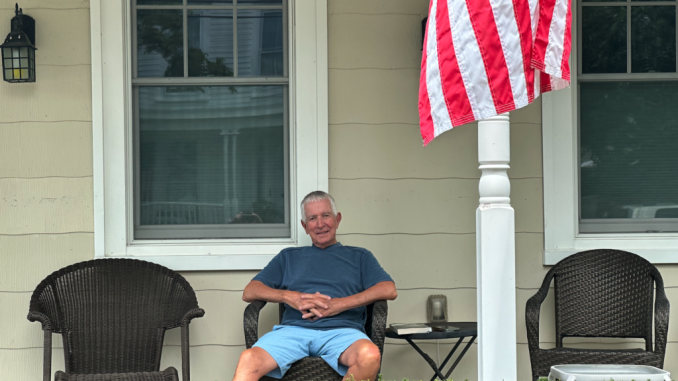
I have come to learn that housing unaffordability is a problem everywhere. A useful measure of affordability may be the “median multiple”: Divide a location’s median home price by its median household income and you get a factor to compare with other places.
Sydney is said to be the world’s least affordable place, with a median multiple of 13.3, meaning a home there costs 13.3 times more than the median income. For comparison, Vancouver has a factor of 12.3; San Francisco, 9.86; and Manhattan, 13.37. And Greenport? With a median household income of $82,692 divided into a median home price of $1,070,000, its factor comes in at 13.36! Competing for the most expensive city in the world by this measure! Why?
In Greenport, we may have an income problem, or a real estate problem. Or both.
Let’s look at income. This is tricky because Greenport’s largest employers may not employ Greenport residents. Think all public employment, all health care (ELIH, Peconic Landing, Northwell), all hospitality (restaurants, hotels, event venues, caterers, florists, music, decoration, transport), short-term rentals, yachtcharters, STIDD, IGA, all finance, all winery and breweries, all retail and all construction, landscape and service contracting.
In most of these categories, a critical low-paid employee creates the profitability of the enterprise. If those employees live in Greenport, the median multiplier becomes larger. So we want residents earning higher wages and better paying local jobs. We lost Plum Island Lab’s Ph.D.s precisely because Connecticut provided a more affordable housing market and a more diverse community for these highly educated, higher income residents. At the present time, bright folks who can create and work from home can build companies with no employees, retaining all the profit from their work. Greenport can be a good home for these entrepreneurs. But they can work from anywhere; why choose Greenport? That’s what we need to sell. Can the BID and the village create a list of businesses we want to attract that will provide high paying jobs and services or goods we want? How can we incentivize these businesses to move? Can we teach high-income earning skills in our schools?
Let’s look at the other variable: median home price.
The critical question is: “Who’s buying Greenport houses and driving up the prices?” The brokers selling the houses know. They know the buyer and the buyer’s intent. All we need is to survey the local brokers asking why a person bought a house. I believe there are only six possible answers: I bought the house for:
- personal use full time
- personal use part time
- personal use by kids/parents
- rental full time
- rental short term
- fix and flip
If we each look around our neighborhood and count the number of houses then assign a reason from above to each, we will know what’s going on. I know on my street, over the last several years, the sales have been one for full-time rental and three for part-time personal use as a second home.
I have no data, just personal observation, but I believe that the “enemy” of the first time home buyer is my generation: folks who started working when a first house was $30,000– $40,000, whose household incomes were $18,000–$25,000 and who had strong savings habits and work ethics. Our working years spanned a longterm inflationary trend, raising the prices of everything so that we could sell our first house for double and move to a bigger house, which also doubled. When the kids were gone, and we downsize, we have huge gains in the market, huge gains in our pensions, huge gains in our house, and we go out and get a smaller place here and another there so we have nice weather year round, and can outbid the first-time buyer because we see value even at the inflated price. You can call us the lucky generation. But I knew I would provide for my family and worked hard.
So what to do? Is doing something about us the solution? Or is doing something about income the solution?
I hope this gets some folks thinking. It’s a difficult problem and the more people considering it the better chance someone will come up with some answers. Let’s start a conversation. Who knows?
John Kramer is a lifelong Southold resident and former owner of East End Insurance Services.

